Regarding tree management, the Deputy Prime Minister directed that the old way of "planting trees when there is a road" cannot be continued. Especially with many streets and sidewalks that do not meet the conditions, the criteria for planting trees at the right density are still applied, leading to the situation of planting trees in a "perfunctory" way.
Citing the experience of many countries that have planned "urban forests", with a reasonable proportion of trees, instead of planting them in a scattered manner, which is ineffective and potentially risky, the Deputy Prime Minister emphasized the principle of "clustering", arranging trees in a concentrated manner instead of scattered ones. Tree planting must comply with specific standards on infrastructure, traffic visibility and choosing suitable species to avoid dangerous falling. Trees must be synchronized with infrastructure, traffic and architecture. In urban and residential areas, it is necessary to clearly identify where to plant trees, the type of tree suitable for the landscape and climate; regulations on cutting down, replacing, and handling dangerous trees and the management responsibilities of authorities at all levels.
For new residential areas, resettlement areas, trees, flower gardens, and parks must be clearly defined in detailed planning and infrastructure design, avoiding deductions to increase construction density. In addition, it is necessary to add regulations to preserve native tree ecosystems, retain valuable old trees, and have separate regulations on "urban forests", a type of landscape resource that needs to be protected.
Planning for green space in urban areas must ensure a minimum ratio according to standards and must not be reduced. Large cities must reserve land for the development of parks, ecological corridors, green tree-lined routes along rivers and lakes, and integrate greening into housing, transportation, and technical infrastructure development programs. The Ministry of Construction is assigned to guide localities in reviewing detailed zoning plans to supplement substandard green spaces, especially in areas of rapid urbanization and high population density.
Regarding the issue of urban water, the Deputy Prime Minister assessed that in many large cities such as Hanoi and Ho Chi Minh City, the system of ponds, lakes, canals and ditches used to regulate water and climate, but have now been filled in or used improperly. Many water surface areas have been assigned to enterprises for exploitation but lack strict management regulations, causing conflicts of interest between the State and the private sector, affecting people's access to public spaces. Therefore, it is necessary to identify urban water surfaces as public assets managed by the State. Natural water surfaces (rivers, lakes, canals, ditches) and artificial water surfaces (regulating lakes, landscape lakes in urban areas) need to be clearly distinguished to have appropriate management mechanisms. Water surface exploitation and use activities such as building floating restaurants, boat docks, service areas, etc. must all be regulated by standards and clearly licensed. Urban planning must be associated with the protection and restoration of water surface space, not allowing the water surface to shrink.
Exactly 2 years ago, in June 2023, when chairing a meeting to review the task of adjusting the master plan of Hanoi Capital to 2045, with a vision to 2065, the Government leader proposed to study the model of compact houses, compact urban areas, but with gardens in the houses, and forests in the city center. The urbanization rate in localities is increasing, air quality is increasingly deteriorating, so the new thinking in urban planning and development as mentioned above needs to be thoroughly applied.
Source: https://baophapluat.vn/tu-duy-bao-ve-moi-truong-trong-phat-trien-do-thi-post553355.html



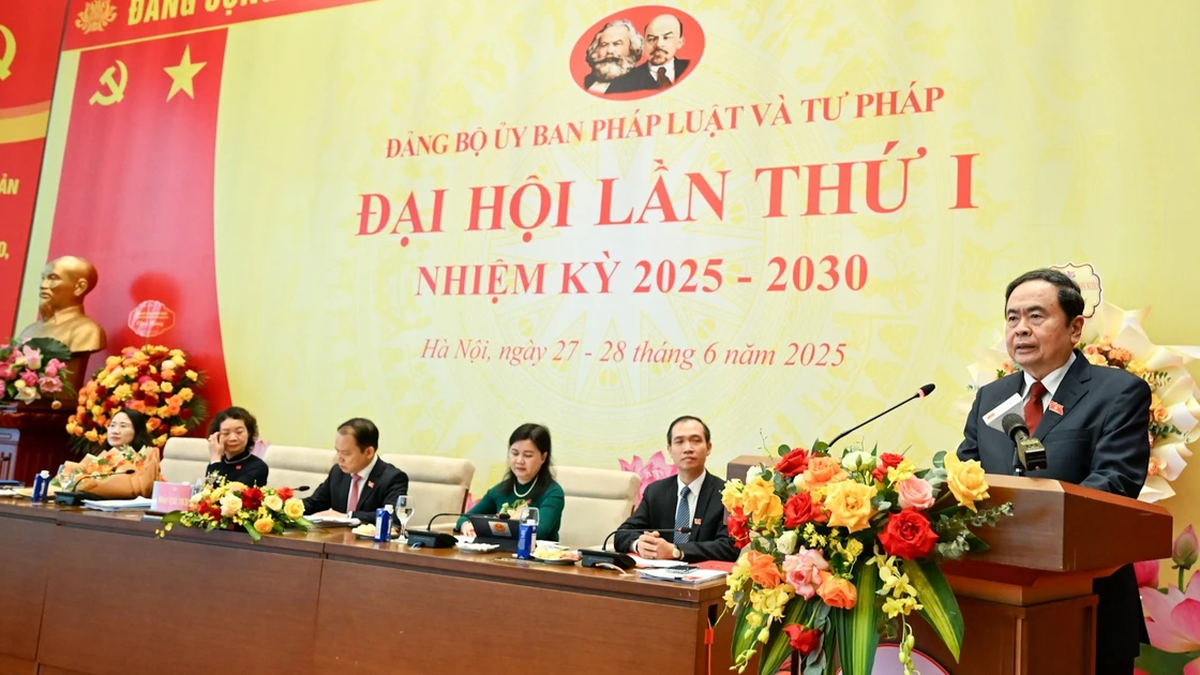








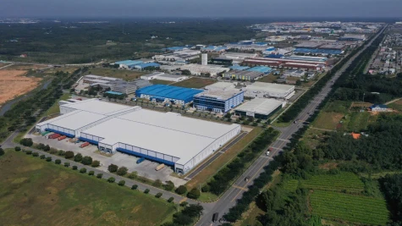

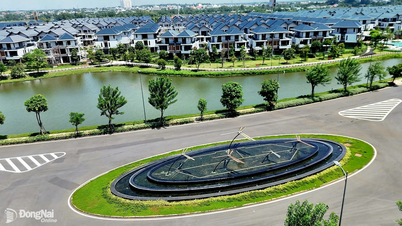







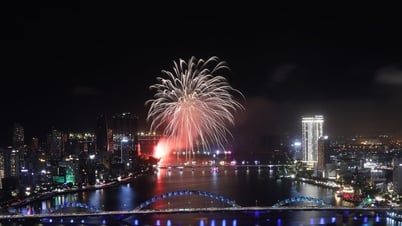

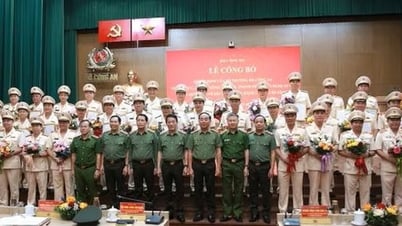







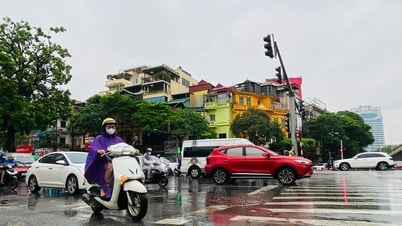




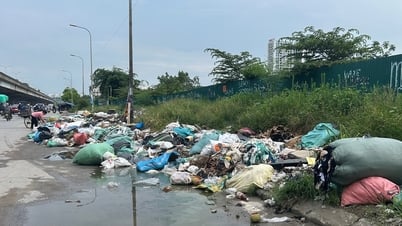
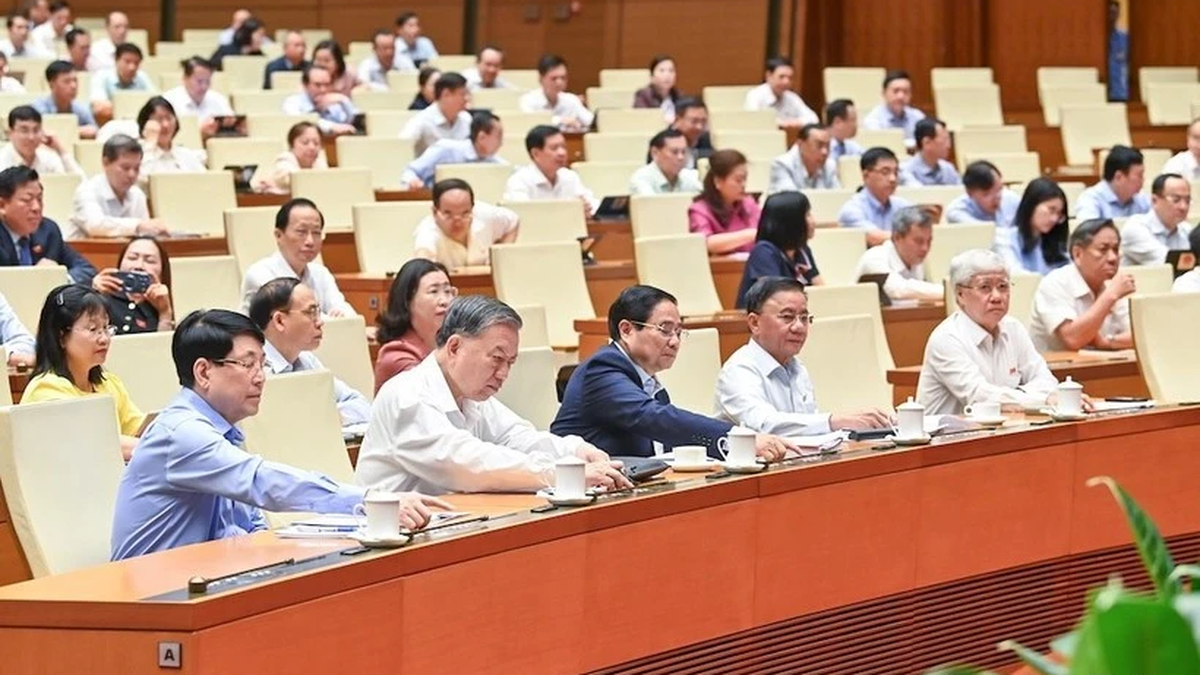





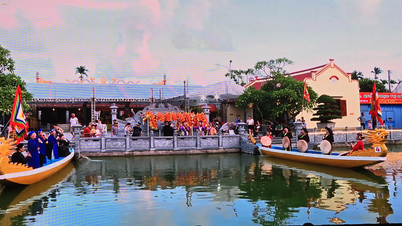






































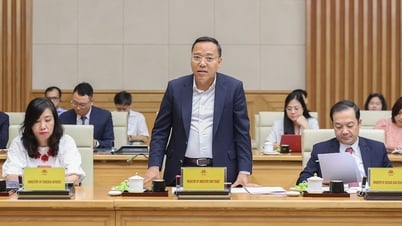

























Comment (0)